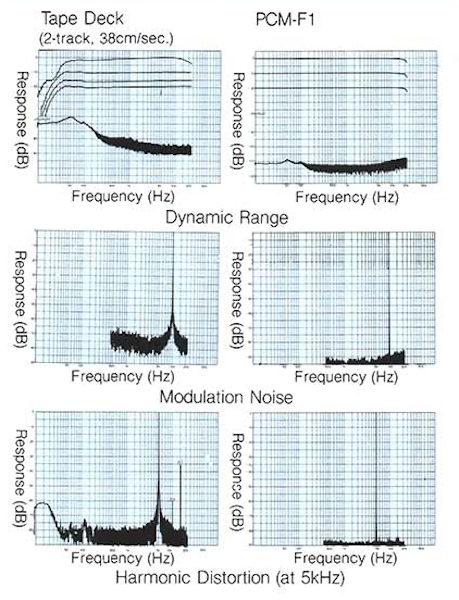tuga
Legal Alien
Ah yes, how very “New Labour“. The problem is not our policies. The problem is that you're not listening hard enough.
You wouldn’t need the dentist if you just brushed your teeth better.
You’d like country music if you listened to it more.
Word of advice. Victim blaming never won any battle. Give up now it ends in tears.
A tool, e.g. a toohbrush, is only useful if you know how to use it. Measurements do not replace listening, they are complementary.


